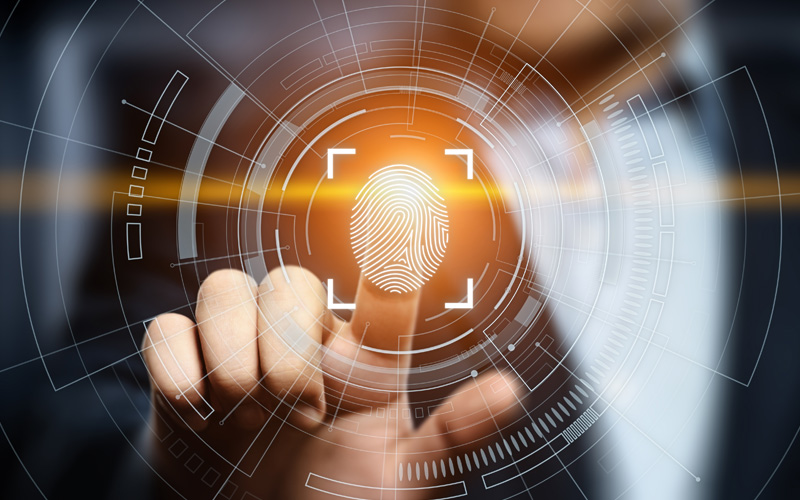Fans of Star Trek will remember that the Starship Enterprise’s ship computer could recognise crew members by their speech. Not only was this a classic sci-fi premonition of modern AI, it was also just one example of how the cult TV show forecast the arrival of biometrics technology.
Voice recognition, retina scans, fingerprints and facial ID – all four featured in Star Trek in one guise or another. But fast forward to 2022, this is no longer the kind of tech being dreamed about in some far-off distant future.
There’s a high probability you’ve got at least one version of biometric tech on your smartphone. And if you’re not already familiar with biometrics, then get ready, because some people are predicting that it will mark the next revolution in how we make purchases in stores, restaurants and beyond.
Biometric POS systems are those that incorporate any or all of voice recognition, face ID, retina scans and fingerprint scans. The market for this technology is forecast to boom by 35% CAGR over the next five years, adding more than $1bn in value.
Here are three reasons why people are getting excited about the impact biometrics could have in helping POS live long and prosper.
Raising the stakes in transaction security
Cards have come to dominate the way we pay for goods and services in person. But there has always been a downside to payment cards – the risk of fraud. In 2019, credit card fraud topped $28bn worldwide.
Biometrics offers an ideal solution. While it is relatively easy for criminals to steal card, account and PIN numbers, it’s a whole different ball game trying to imitate someone’s unique fingerprint. To date, secure biometric payments are focusing on cards with embedded fingerprint scanners, which only work if the user’s fingerprint matches the image uploaded to the card. An estimated 2.5 million such cards were issued in 2021.
Card-Free Contactless Payments: The Next Generation
Biometric cards represent a step in the right direction on payment security, but the truly exciting possibilities lie in using biometrics to do away with cards altogether. If the fingerprint scanner, for example, is in the POS machine and not the card, the need for a card disappears. If fingerprints are uploaded to an individual’s bank account as a means of identification and authentication, payments can be processed simply by touching the POS reader.
In current times, of course, a drawback of this is the need for lots of different people to touch the same surface, which carries hygiene concerns. But no matter – biometric authentication doesn’t just work with fingerprints. It could be a face scan, an iris scan, even a recording of the customer’s voice uploaded to their bank account. By looking into a camera or simply saying ‘payment approved’ into a microphone, the payment could be, well, approved. Not only is it secure and contact-free, it also saves people the hassle of carrying their cards around with them.
Opening the door to online payment options in store
Once we get to the stage where biometric authentication happens through the POS, we will also see the number of payment options available in store or in a restaurant increase. At present, for example, consumers can use their PayPal or other digital payment accounts in store by generating a QR code and having that scanned. But it means fooling around with your smartphone at the checkout. With biometrics, if you have your face or voice authentication uploaded to your digital account, using it in person becomes seamless and straightforward. It means more options for the customer, and better integration of online and physical experiences for businesses.




